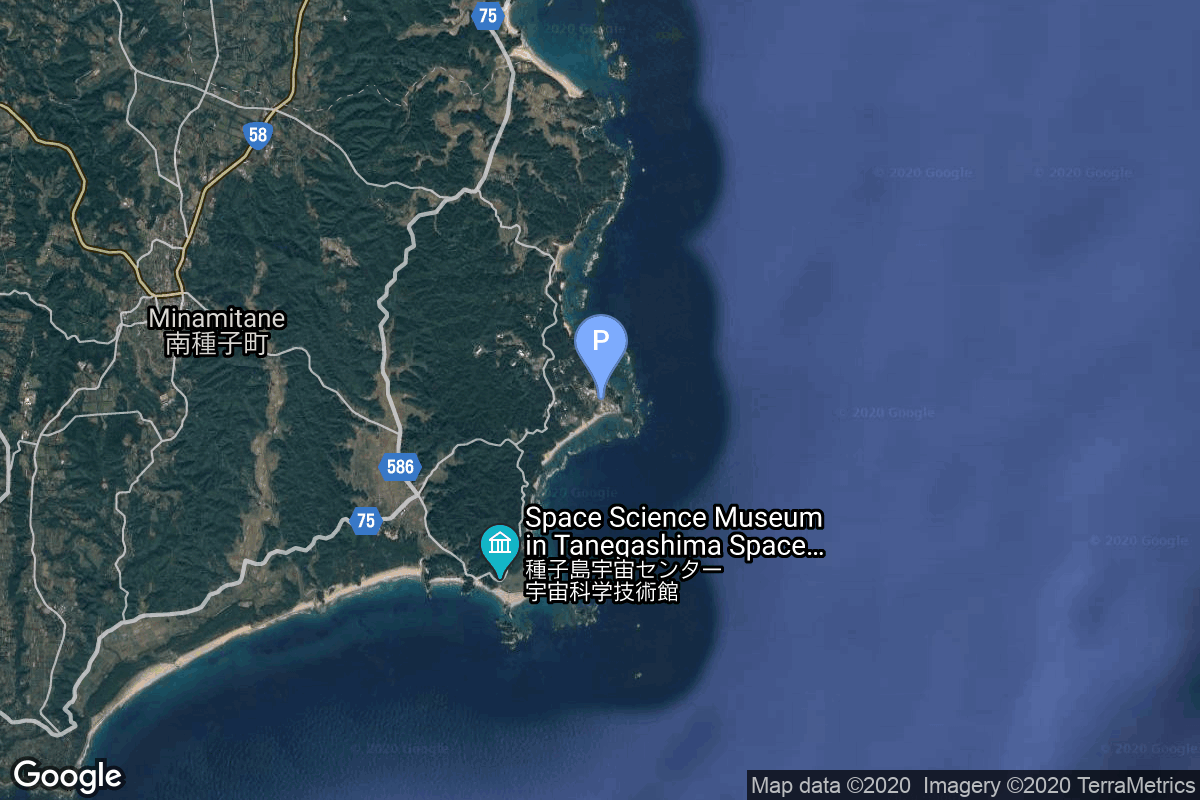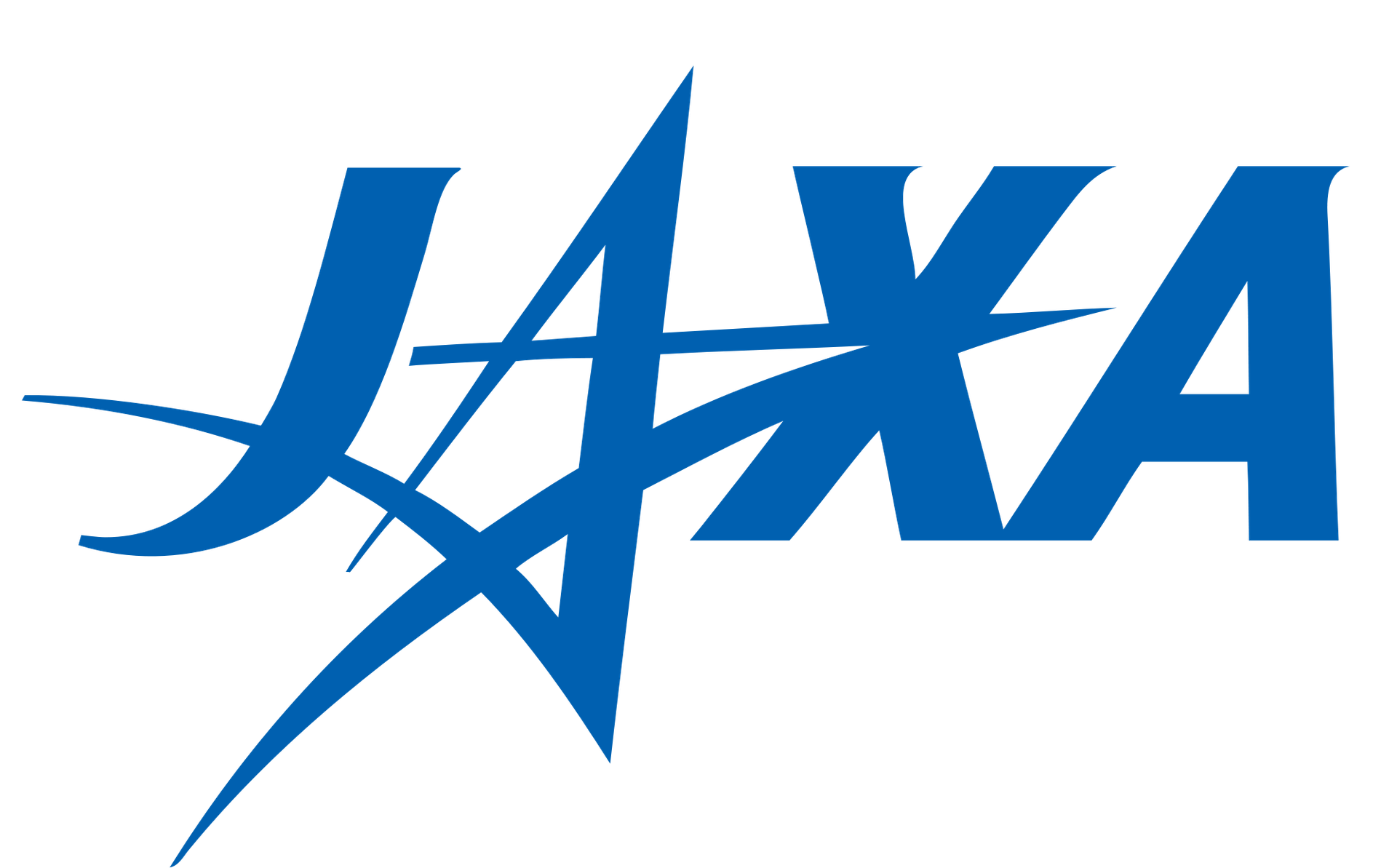Kaguya
H-IIA 2022
Japan Aerospace Exploration Agency
Mission
Kaguya
- Type: Lunar Exploration
- Orbit: Lunar Orbit
Kaguya, also known as SELENE, was the second Japanese lunar orbiter spacecraft. Kaguya usede a suite of 15 instruments to gather scientific data on lunar origins and evolution. The main orbiter was accompanied by two smaller satellites: a relay satellite Okina and a satellite Ouna for Very Long Baseline Interferometry observations. Kaguya orbited the Moon for a year and eight months and then ended the mission via a planned impact on the lunar surface.
Location
Yoshinobu Launch Complex LP-1
Tanegashima Space Center, Japan
Yoshinobu Launch Complex LP-1 has witnessed the launch of 55 rockets, including 55 orbital launch attempts, while Tanegashima Space Center, Japan, has been the site for 90 rocket launches.
Rocket
Mitsubishi Heavy Industries H-IIA 2022
The H-IIA rocket family is an expendable launch system operated by Mitsubishi Heavy Industries for the Japan Aerospace Exploration Agency. The liquid fuelled rocket has been used to launch satellites, lunar spacecraft and planetary science craft.
Agency
Japan Aerospace Exploration Agency
The Japan Aerospace Exploration Agency (JAXA) is Japan’s national aero-space agency. Through the merger of three previously independent organizations, JAXA was formed on 1 October 2003. JAXA is responsible for research, technology development and the launch of satellites into orbit, and is involved in many more advanced missions, such as asteroid exploration and possible manned exploration of the Moon. JAXA launch their Epsilon vehicle from the Uchinoura Space Center and their H-II vehicles from the Tanegashima Space Center.

